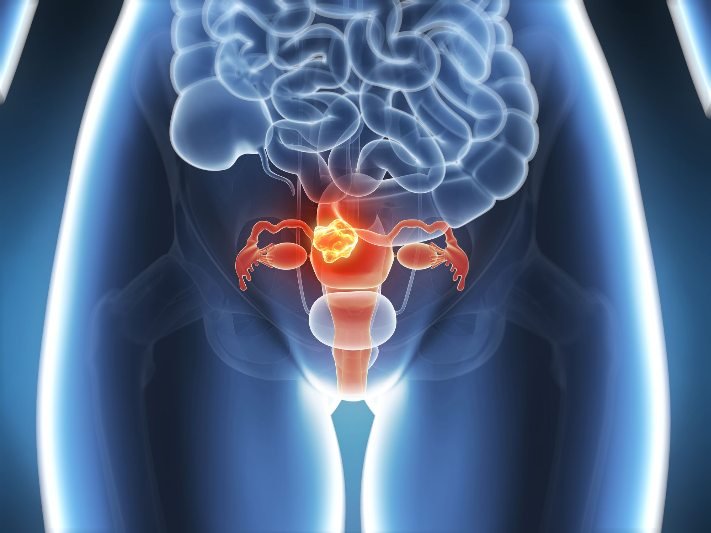-
April 30, 2020
-
0

What is Myomectomy and why is it performed?
Myomectomy is a surgical procedure conducted to remove fibroids in the uterus, also known as leiomyomas. These noncancerous growths are common and can occur at any age, but they aretypically seen during a woman’s childbearing years.
The goal of this procedure is to remove symptomatic uterine fibroids and reconstruct the affected areas. The entire uterus is not removed unlike during a hysterectomy, which means that fertility is preserved and patients can bear children. Myomectomy helps improve symptoms of uterine fibroids, such as pelvic pressure, heavy or irregular menstrual bleeding, and frequent urination. This procedure is recommended to patients who plan on bearing children and need to eliminate uterine fibroids that may be affecting their fertility.
There are three methods to Myomectomy:
Abdominal Myomectomy: The uterine fibroids are removed through an incision in the lower belly. This is the most invasive method of the three. It involves general anaesthesia and a long recovery time. Patients have to stay at the hospital for two or three days. The incision will leave a visible scar.
Laparoscopy Myomectomy: The fibroids are removed through small incisions using a laparoscope. This is minimally invasive and does not need a long recovery time. If the fibroids are too large, the surgeon will conduct an abdominal myomectomy. An overnight stay at the hospital may be necessary.
Hysteroscopic Myomectomy: A special scope is inserted into the uterus through the vagina and cervix and wire loop is used to remove the fibroids. This is also a minimally invasive procedure and the patient does not need to stay at the hospital for recovery.
Are there any risks or complications?
As with all surgical procedures, myomectomy has its share of risks and complications. Some of them are:
- Excessive bleeding
- Infection
- Perforation of the uterus
- Damage to neighbouring organs
- Scar tissue that can cause fertility problems
- Development of new fibroids which may need another procedure for removal
What does recovery involve?
There will be some pain and discomfort following a myomectomy procedure. The doctor will prescribe some painkillers to make recovery more comfortable. The patient may experience some spotting that can last between a few days to weeks. The type of myomectomy procedure will dictate the recovery period. Patients are advised to refrain from lifting heavy objects or performing strenuous exercise until the incisions are completely healed. It is also recommended to wait up to six weeks for patients to have sex or become pregnant.
Contact
JAYANAGAR
BANASHANKARI

